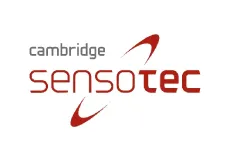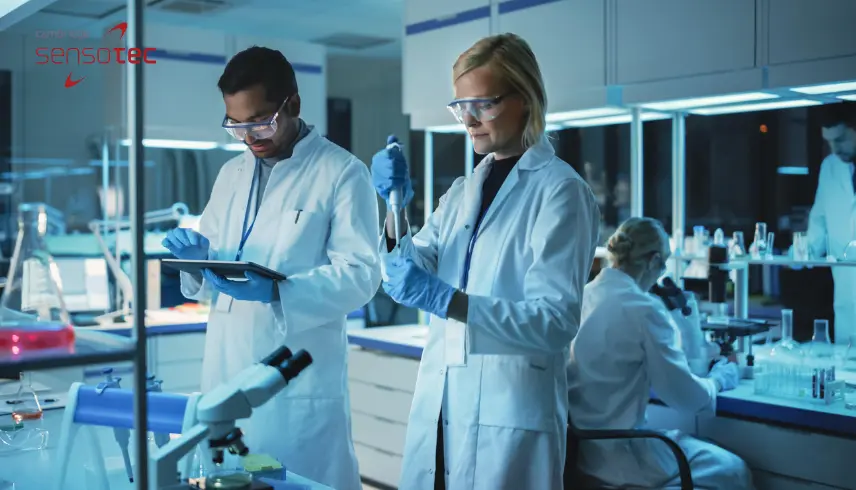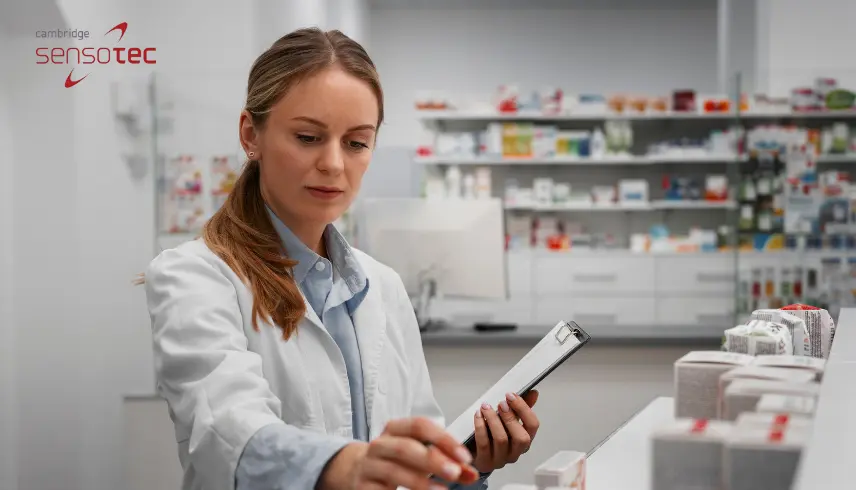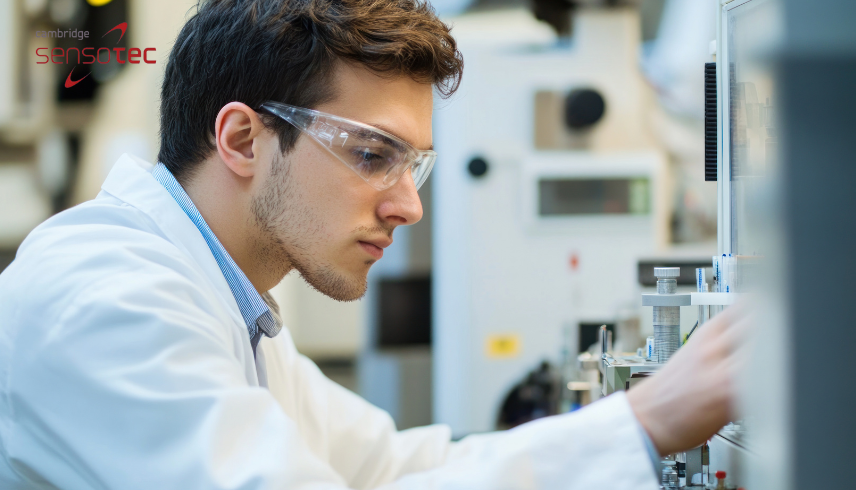
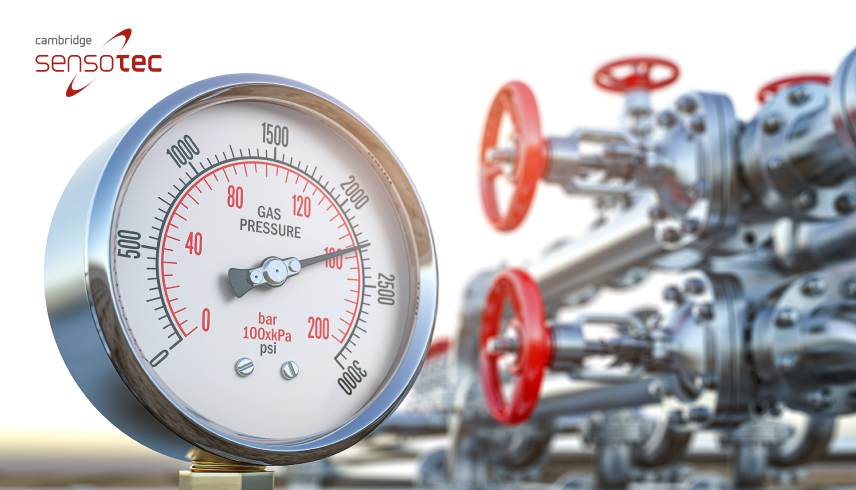
How To Measure Carbon Monoxide Emissions
Introduction
Carbon monoxide (CO) is a colourless, odourless gas that can be deadly at high concentrations. Measuring CO emissions is critical in many commercial settings to ensure safety and compliance with regulations. This article explores the methods of measuring CO emissions, focusing on commercial applications, and highlights the advanced gas analysers offered by Cambridge Sensotec.
Understanding Carbon Monoxide Emissions
What is Carbon Monoxide?
Carbon monoxide is a poisonous gas produced by the incomplete combustion of carbon-containing materials. Common sources include vehicle exhaust, industrial processes, and faulty heating systems. Due to its hazardous nature, monitoring CO levels is essential to prevent poisoning and environmental pollution.
Sources of CO Emissions in Commercial Settings
In commercial environments, CO emissions can originate from various sources such as:
- Industrial machinery and boilers
- Vehicle fleets (e.g., delivery trucks, forklifts)
- Commercial kitchens and catering equipment
- Backup power generators
Identifying these sources is the first step in effective CO management.
Health and Safety Implications of Carbon Monoxide Emissions
Exposure to high levels of CO can cause symptoms ranging from headaches and dizziness to unconsciousness and death. Chronic exposure to lower levels can lead to long-term health issues. Therefore, accurate measurement and control of CO emissions are vital for protecting employees and the public.
Methods of Measuring Carbon Monoxide Emissions
Traditional Methods
- Chemical Indicator Tubes: Chemical indicator tubes are a simple and cost-effective method for measuring CO levels. These tubes contain a chemical reagent that changes colour when exposed to CO. While easy to use, they offer limited accuracy and are typically used for spot checks rather than continuous monitoring.
- Electrochemical Sensors: Electrochemical sensors detect CO by measuring the change in electrical current caused by a chemical reaction between CO and an electrode. These sensors are more accurate than chemical indicator tubes and can be used for both portable and fixed monitoring systems.
Modern Methods
- Infrared Gas Analysers: Infrared gas analysers measure CO concentrations by analysing the absorption of infrared light by CO molecules. These devices offer high accuracy and are suitable for continuous monitoring in various commercial applications.
- Fourier Transform Infrared Spectroscopy (FTIR): FTIR uses infrared light to identify and quantify gas molecules. It provides detailed information about gas composition and is highly sensitive. However, FTIR systems are complex and typically used in specialised applications.
- Non-Dispersive Infrared (NDIR) Sensors: NDIR sensors are widely used in commercial settings for continuous CO monitoring. They are reliable, accurate, and require minimal maintenance. NDIR sensors measure CO by detecting the absorption of infrared light at specific wavelengths.
Selecting the Right CO Measurement Equipment
Factors to Consider
- Accuracy and Sensitivity: The chosen equipment must provide accurate and sensitive measurements to detect even low levels of CO, ensuring safety and compliance with regulations.
- Response Time: Fast response times are crucial for promptly identifying and addressing CO leaks or spikes in emissions, reducing the risk of exposure.
- Calibration and Maintenance: Regular calibration and maintenance ensure the long-term accuracy and reliability of CO measurement equipment. Consider devices that are easy to calibrate and maintain.
- Environmental Conditions: Commercial environments can vary widely. Ensure the selected equipment can withstand the specific conditions of your site, such as temperature and humidity extremes.
Overview of Cambridge Sensotec Gas Analysers
Features and Benefits
Cambridge Sensotec offers a range of advanced gas analysers designed for commercial applications. Key features include high accuracy, fast response times, and robust construction. These analysers are user-friendly and provide reliable performance in various environments.
Product Range and Specifications
Cambridge Sensotec’s product range includes portable and fixed gas analysers suitable for different commercial settings. Detailed specifications for each model can be found on our website, helping you choose the best analyser for your needs.
Implementing CO Measurement in Commercial Settings
Installation of CO Monitoring Systems
- Site Assessment and Preparation: Before installing a CO monitoring system, conduct a thorough site assessment to identify potential sources of CO and determine the optimal locations for sensors.
- Installation Procedures: Follow manufacturer guidelines for installing CO monitors. Ensure sensors are placed at appropriate heights and locations to accurately detect CO emissions.
Regular Maintenance and Calibration
- Importance of Routine Maintenance: Regular maintenance is essential to keep CO measurement equipment functioning correctly. This includes cleaning, inspecting, and replacing parts as needed.
- Calibration Procedures: Calibration ensures the accuracy of CO measurements. Follow the manufacturer’s instructions for calibration, which typically involves exposing the sensor to a known concentration of CO.
Interpreting CO Emission Data
- Understanding CO Concentration Readings: CO concentration is typically measured in parts per million (ppm). Understanding these readings is crucial for assessing exposure risks and ensuring compliance with safety standards.
- Using Data for Compliance and Reporting: Accurate CO emission data helps demonstrate compliance with health and safety regulations. It also aids in identifying trends and areas for improvement.
- Identifying and Addressing High Emission Sources: Regular monitoring and data analysis can identify sources of high CO emissions. Addressing these sources promptly can prevent health risks and improve operational efficiency.
Ensuring Compliance with Regulations
Overview of Relevant Regulations and Standards
- OSHA Guidelines: The Occupational Safety and Health Administration (OSHA) sets permissible exposure limits for CO in the workplace. Compliance with these guidelines is mandatory for ensuring worker safety.
- EPA Regulations: The Environmental Protection Agency (EPA) regulates CO emissions to protect the environment and public health. Understanding these regulations is essential for maintaining compliance.
- Industry-Specific Standards: Different industries may have specific standards for CO emissions. Ensure you are aware of and comply with the standards relevant to your industry.
- Reporting Requirements and Documentation: Accurate record-keeping and reporting are crucial for demonstrating compliance with regulations. Maintain detailed logs of CO measurements, maintenance activities, and any corrective actions taken.
Future Trends in CO Emission Measurement
Advances in Sensor Technology
Ongoing advancements in sensor technology are leading to more accurate, reliable, and cost-effective CO measurement solutions.
Integration with IoT and Smart Building Systems
The integration of CO sensors with Internet of Things (IoT) and smart building systems allows for real-time monitoring and automated responses to CO emissions, enhancing safety and efficiency.
Predictive Maintenance and Data Analytics
Predictive maintenance uses data analytics to anticipate equipment failures and maintenance needs, reducing downtime and ensuring continuous compliance with CO regulations.
Summary
Measuring carbon monoxide emissions is essential for ensuring safety and regulatory compliance in commercial settings. Advanced gas analysers from Cambridge Sensotec provide accurate, reliable, and user-friendly solutions for CO monitoring. By selecting the right equipment and implementing effective monitoring systems, businesses can protect their employees and the public while maintaining compliance with health and environmental regulations.
